Aircraft Engine Repair Ship
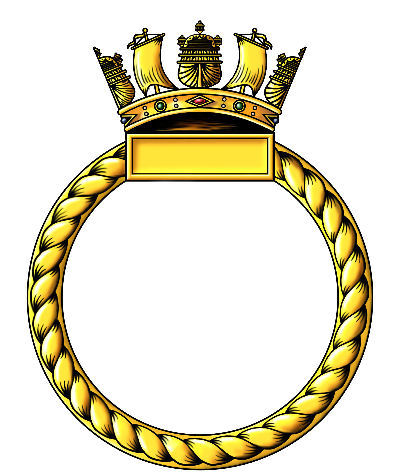
No badge issued for this vessel
Battle Honours
None
Specifications
Builder: Redhead & Sons Ltd. South Shields, United Kingdom
Displacement: 6,924 tons
Length: 431 ft
Beam: 56 ft
Draught: 26 ft 6 in
Speed: 11 Knots
Crew complement: 450+
Commanding Officers
Captain William Thomas Fitzgerald R.D. RNR 16.07.1945 -04.1946
Related items
None
Reminiscences
None
Gallery
None
H.M.S. MORAY FIRTH
.jpg)
Photo: © IWM (FL 16404)
Early history
Originally laid down as the EMPIRE PITCAIRN for the Ministry of War Transport on February 13th 1944 at the Redhead & Sons Ltd. Shipyard, South Shields, England, Yard Number 542, she was launched on July 10th 1944.
Subsequently requisitioned by the Admiralty for conversion into the an Aircraft Engine Repair Ships. She was one of five 'Moray Firth' class repair ships building in British yards1 (BEAULY FIRTH, CUILLIN SOUND, HOLM SOUND, MORAY FIRTH and SOLWAY FIRTH) that were planned as Aviation Repair Ships for deployment with the Fleet Train of British Pacific Fleet (BPF).
HMS MORAY FIRTH was the only 'Moray Firth' class repair ship to be completed by a single shipbuilder, her sister ship BEAULY FIRTH, also built by Redhead & Sons Ltd., was completed by Palmers and Co. at Hebburn. She was outfitted with general, and specialist aircraft workshops and engine test bays; it is believed she was tasked with repairing British Rolls-Royce ‘Merlin’ engines1.
She commissioned as HMS MORAY FIRTH on July 16th 1945, Captain William Thomas Fitzgerald R.D. RNR in command. She was designed for Engines to be passed through the various workshops before being test run in one of the two, hangar like, athwartships test bays on the aft of the ship. When testing engines the ship had to move to a remote anchorage to run them up to full power; this was a very noisy job so it had to be done away from populated areas, also the force of the thrush generated by the test propellers coming out of the fully open test bay were sufficient to drive the ship in a circle around her anchor or to veer off course if attempted underway.
Allocated to the British Pacific Fleet
Although she was commissioned only two days before her sister ship HMS SOLWAY FIRTH, there is no record of her sailing from the UK. The July 1945 Navy List details 18 officers appointed to the ship.
Post War
In December 1947 she was purchased from the Admiralty by Stag Line Ltd. for £80,500 and converted to a dry cargo ship by Tvne Dock Engineering Co. Ltd., South Shields at a cost of £98,597 and renamed LINARIA. She entered service inApril 1948. November 1954 Sold to Chellew Navigation Co. Ltd., London (later renamed Esk Shipping Co Ltd for £230,000 and renamed ESKGLEN. Sold 1961 to Fortune Shipping Co. Ltd., Hong Kong and renamed MARINE FORTUNE, before being sold on to Herald Shipping Co. Ltd. (World Wide (Shipping) Ltd. managers) Hong Kong. Sold to Japanese shipbreakers and arrived at Yokosuka June 8th 1967 to be broken up.

The officers of H.M.S. MORAY FIRTH
Various ship departments
Thes images below are of the interior of HMS MORAY FIRTH; all three ships of this type were identical in layout, but equipment differed for supported engine types Click an image to enlarge it.
These images are of HMS. MORAY FIRTH and are from the collection of David Nairn who served on the ship as a Sub-Lieut (A) R.N.V.R. The images are supplied by his daughter and son-in-law, Margaret Nairn and John Struthers. Further HMS Moray Firth images can be found at bit.ly/hmsmorayfirth
Notes:
1. Records are sketchy for the six Aviation Repair Ships built for the Fleet Air Arm, however there ware two distinct types – Component repair, and Engine Repair. It is highly probable that these ships specialised in either British or American types. What evidence exists suggests the following assignments:
Deer Sound = Component*
Holm Sound = Component* British airframes and component types
Cuillin Sound = Component
Beauly Firth = Engine* - British in-line Engines
Moray Firth = Engine* - British in-line Engines
Solway Firth = Engine* - American Radial engines?
*See AFO 7521/45 —Complement Amendments (N/G.013545/45.—27 Dec. 1945.) which states:
H.M. Ships “Beauly Firth” , “Moray Firth” and “Solway Firth” as Aircraft Engine Repair Ships (Admiralty Letter N.15743/44 of 5 July, 1944).
H.M.S. “Deer Sound” as Aircraft Component Repair Ship (Admiralty Letter N .29837/43 of 7 March, 1944).
H.M.S. “Holm Sound” as Aircraft Component Repair Ship (Admiralty Letter N .32706/44 of 8 January 1945).
Last modified: 23 February 2023
Primary information sources
Additional sources:

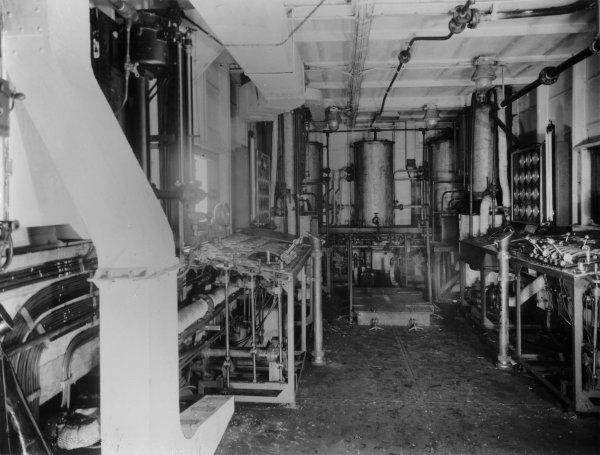
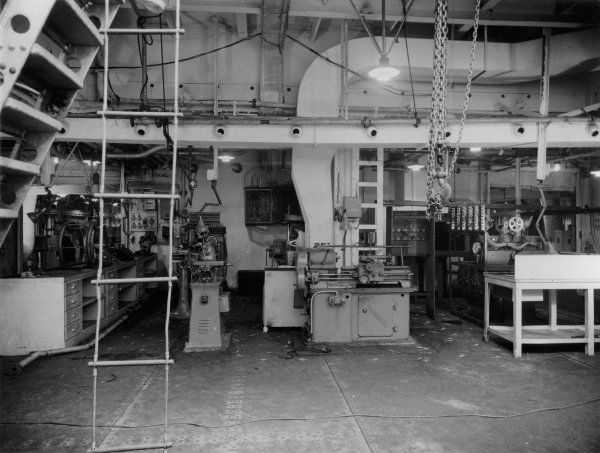
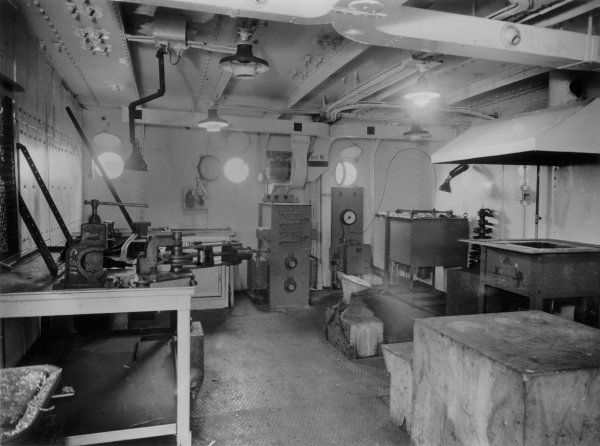
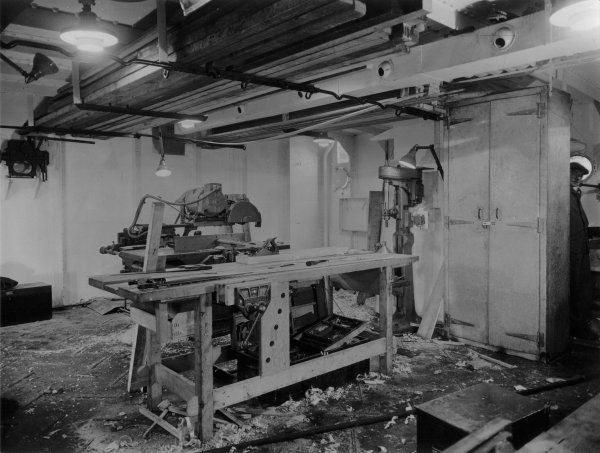
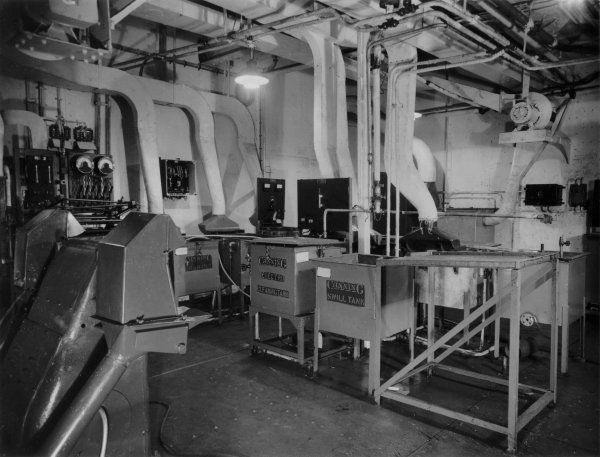
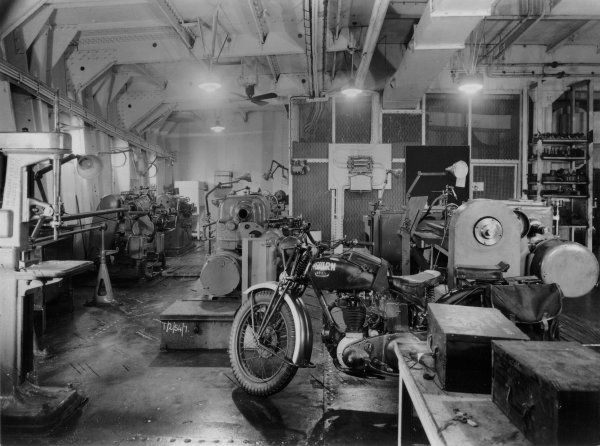
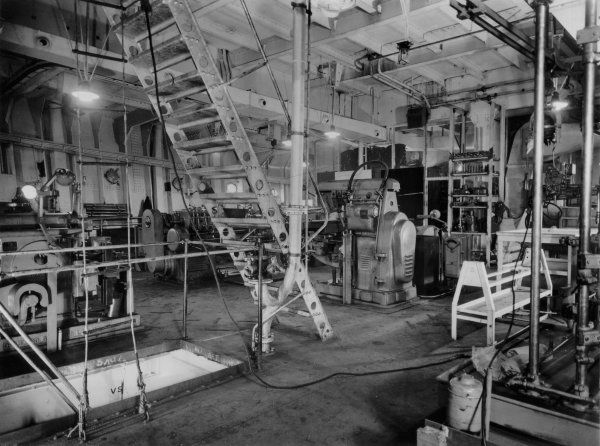
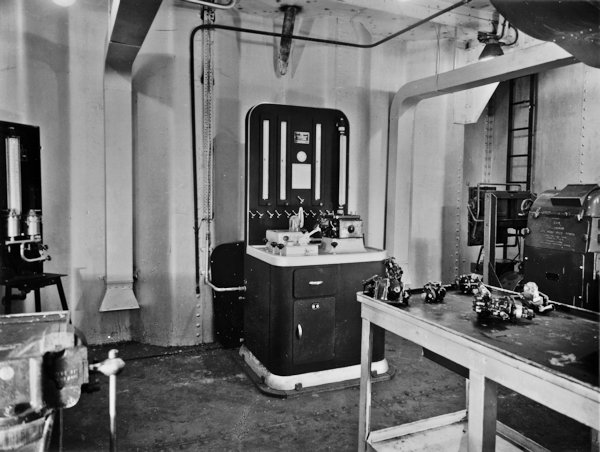

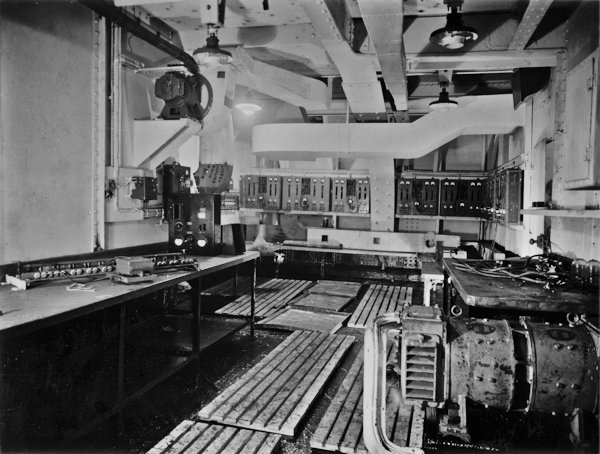
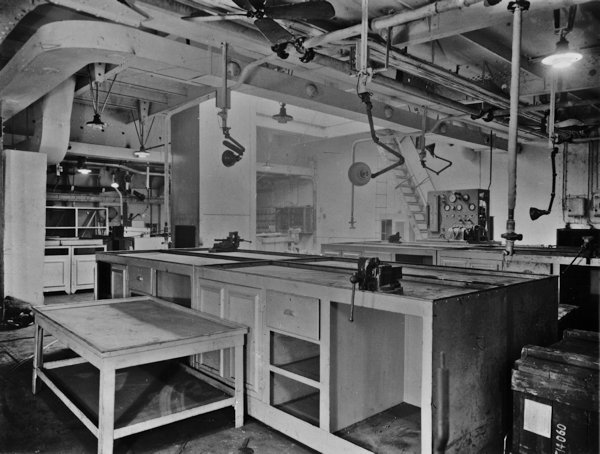
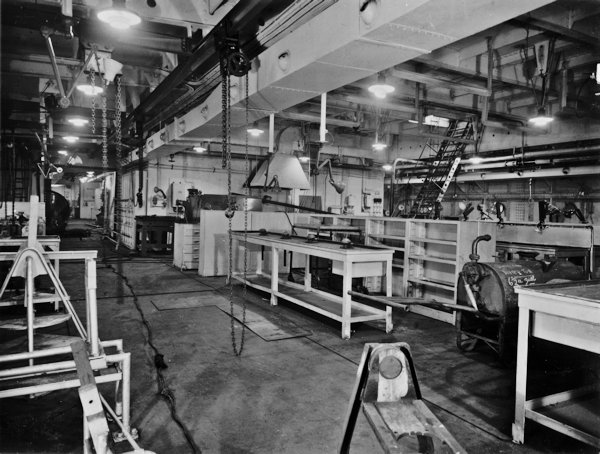
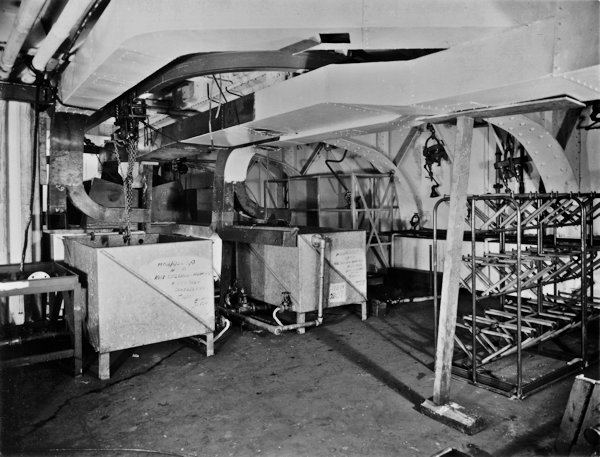

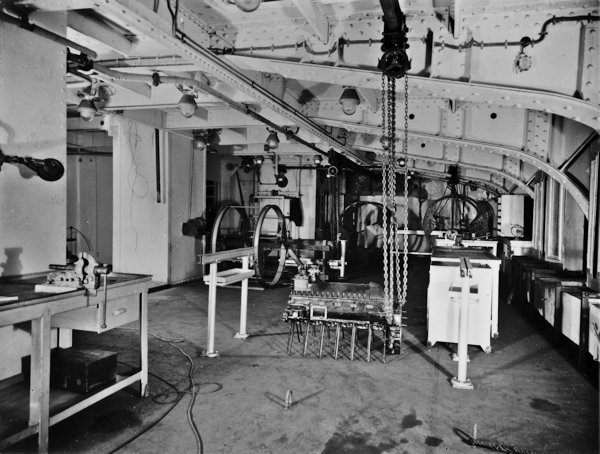
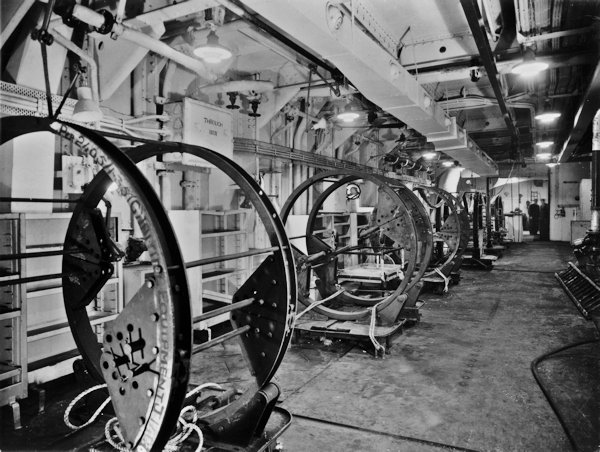
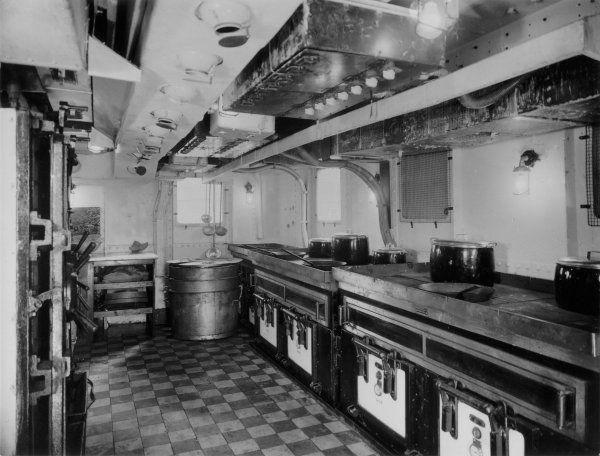
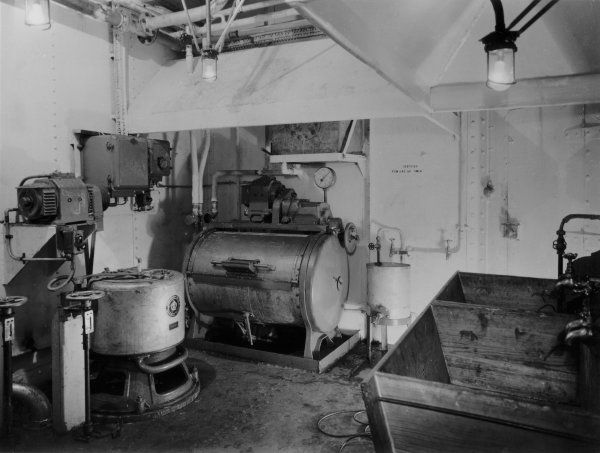
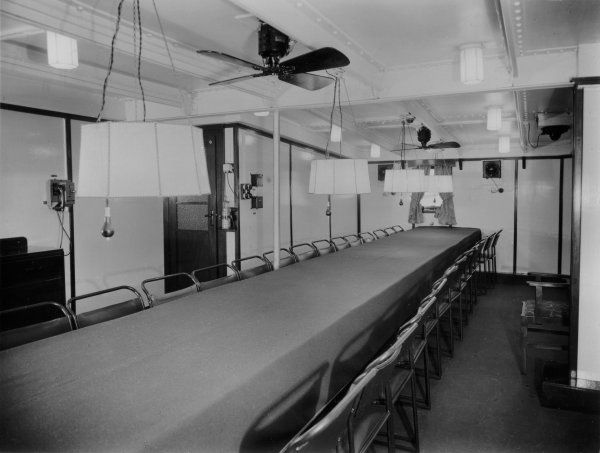
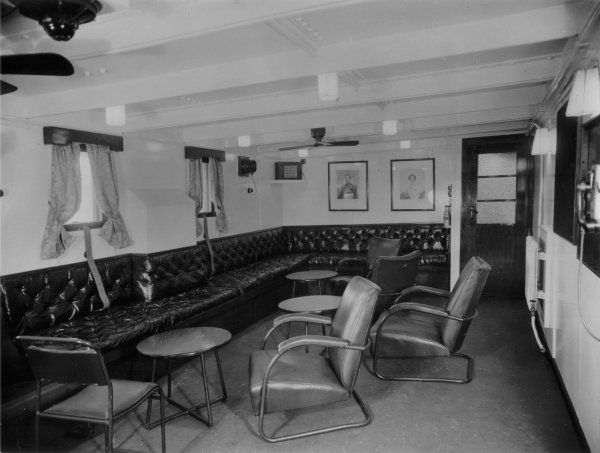


Comments (5)
I started my merchant navy deck apprenticeship on SS Eskglen in 1954. She had just been purchased by The Chellew Navigation Company from The Stag Line and was in dry dock in South Shields.
I clearly remember the engraved name MORAY FIRTH on each side of the bow. It was, of course, painted over with her new name.
We carried coal, sugar and iron ore cargoes.
My father Stephen Wilson Burn served on the Beauly Firth as a junior sub-lieutenant and made the voyage to Singapore and Australia, where they picked up 20,000 boxes of donated food, and gold bullion from the Perth Mint. My grandfather was Trinity Captain Colin MacKellar, Harbour Master of Leith during WW2. My father married his daughter Margaret a few years later, when they were both working for Unilever.
My father was a Petty Officer on the Moray Firth in 1945 and recounted to me sailing as far as Suez visiting Port Said before bring recalled to the UK. He spoke of an incident off Malta when the ship found itself in the middle of an Allies minefield. The officers were reluctant to tell the crew of their dire situation, but my father insisted that they did and called the crew together for the Captain to impart the news. He then organised a church service and suggested that the crew pray for safe resolution and they sang the hymn Eternal Father Strong to Save.
On leaving Belfast there we no dock hands available to cast of so he told all crew to clear the decks. He then on full power manovered from the dock causing the Hauser's to snap and fly back across the deck.
My father was in the Royal Navy on Dems duty as a guest gunner on wings of the bridge
When off Flambrough head be sunk two mines using the first officers 303 rifle after abortive efforts by the officer.
When in Portsmouth they had leave the harbour to test the aircraft engines because of the noise.
He remembered the Moray Firth with affection.